Day 7: The Castle of the White Bird - Jakar Dzong
Day seven of our Bhutan adventure dawned with a sense of anticipation. After a leisurely breakfast, we made our way up the hillside to Jakar Dzong, where we would spend an enchanting morning immersed in the rhythms of monastic life.
A Fortress with Wings
Perched majestically on a ridge above the Chamkhar valley, Jakar Dzong commands attention from almost anywhere in Bumthang. Its name—derived from "bjakhab" meaning "white bird"—carries with it a legend that perfectly captures the spiritual essence of this place. According to tradition, when the Tibetan lama Ngagi Wangchuk sought the ideal location for a monastery in 1549, a great white bird rose into the air and settled on this very spur of hillside. The lamas took this as an auspicious sign, and so the "Castle of the White Bird" came into being.
What began as a modest temple has evolved into what may be Bhutan's largest dzong, with a circumference stretching over 1,500 meters. The structure we see today was significantly expanded in 1667, transforming from a place of worship into a formidable fortress that would play a crucial role in defending eastern Bhutan from Tibetan invasions throughout the 17th century.
The images below capture monks in traditional Bhutanese festival costumes and masks, part of the sacred Cham dance tradition that forms the spiritual centerpiece of religious festivals (tshechus) throughout Bhutan.
The Sacred Purpose
The elaborate masks and costumes serve profound religious purposes. Monks perform these ritual dances to invoke protective deities, drive away malevolent spirits, and purify sacred spaces. Each mask represents a specific deity, demon, or spiritual being from Tibetan Buddhist iconography—the fierce protector deities with bulging eyes and fangs, the peaceful manifestations, and various animals all carry deep symbolic meaning.
Historical Origins
The Cham dance tradition was introduced to Bhutan in the 8th century by Guru Rinpoche (Padmasambhava), who brought Buddhism to the Himalayan region. He choreographed these "dances in a vision" to subdue local spirits and demons that were hostile to Buddhism's spread. Over centuries, different Buddhist masters added their own dance compositions, creating the rich repertoire performed today.
The Symbolism
The Images demonstrate several types of mask: the blue snow lion or dragon masks with their flowing manes and fierce expressions represent protective forces; the deer mask with antlers may represent compassion or specific Buddhist narratives; and the elaborate silk brocade costumes in vibrant colors symbolize the richness of the Buddhist teachings. The masks transform the monks into living embodiments of these spiritual forces—they're not merely performing but channeling divine energy for the benefit of all observers.
For spectators, watching these dances is believed to bring blessings, purification, and merit. The tradition continues as a vital link between Bhutan's spiritual heritage and contemporary religious practice.
Jakar Dzong isn't just a monument—it's a living, breathing part of Bhutanese culture, and we were fortunate to witness one small moment in its continuing story.
Tomorrow: We continue our exploration of Bumthang's sacred valley...

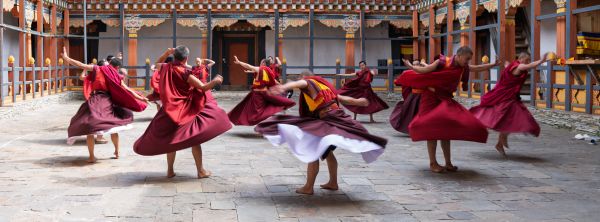
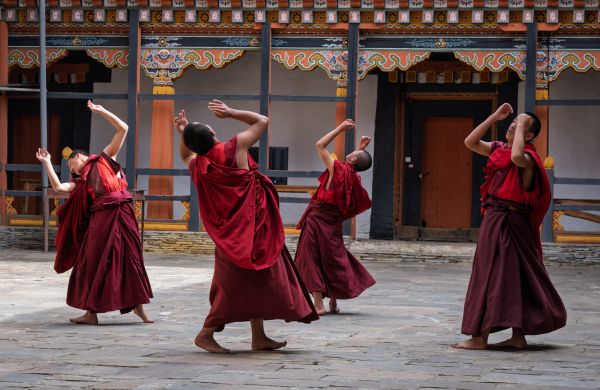
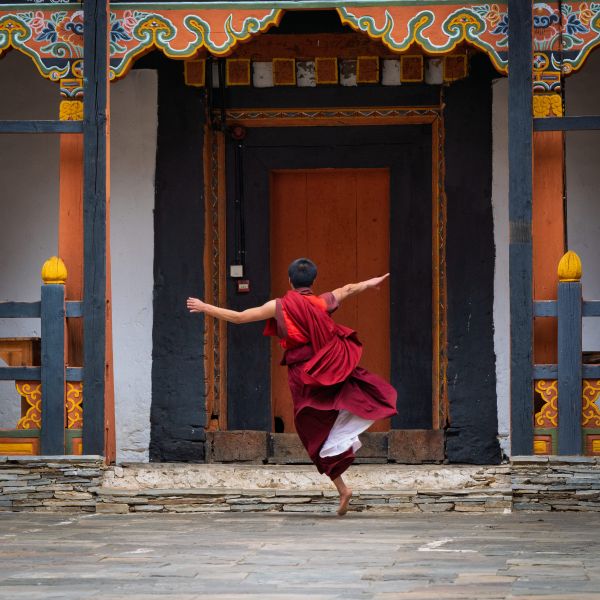
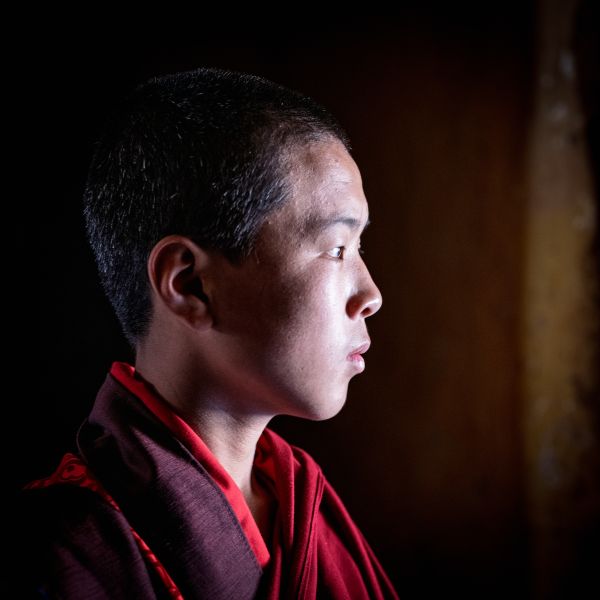
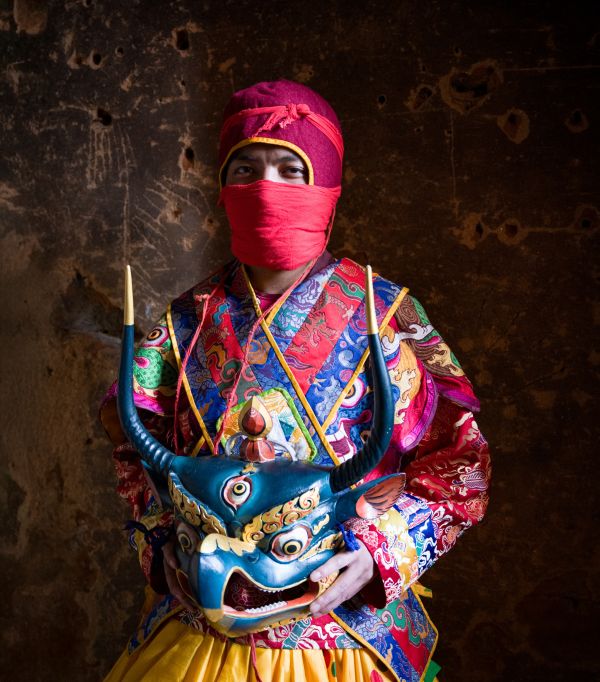
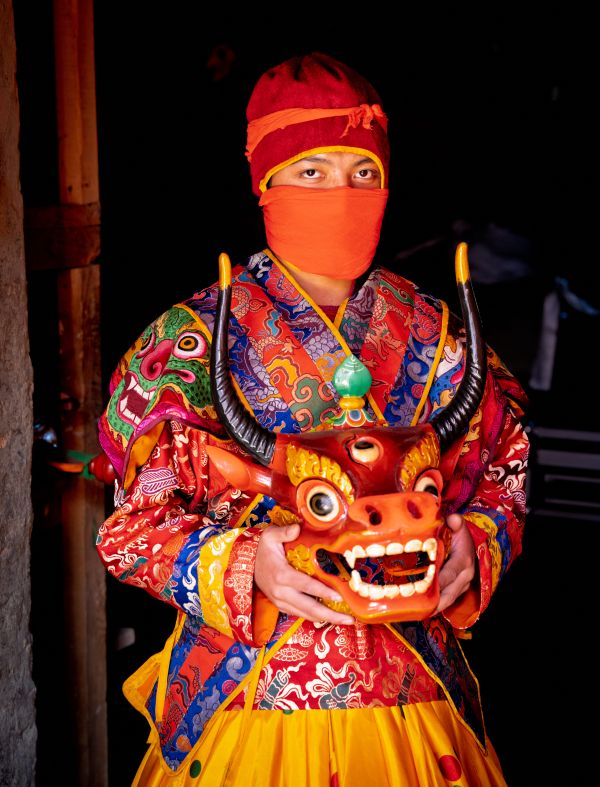
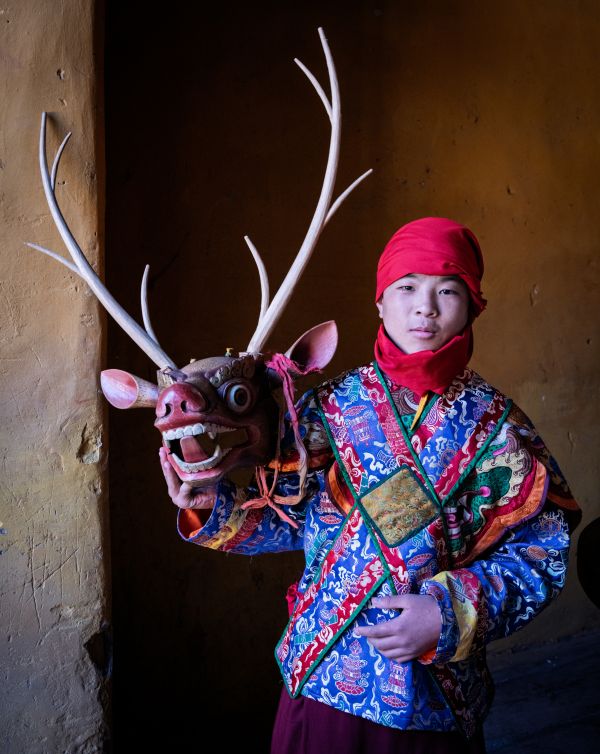
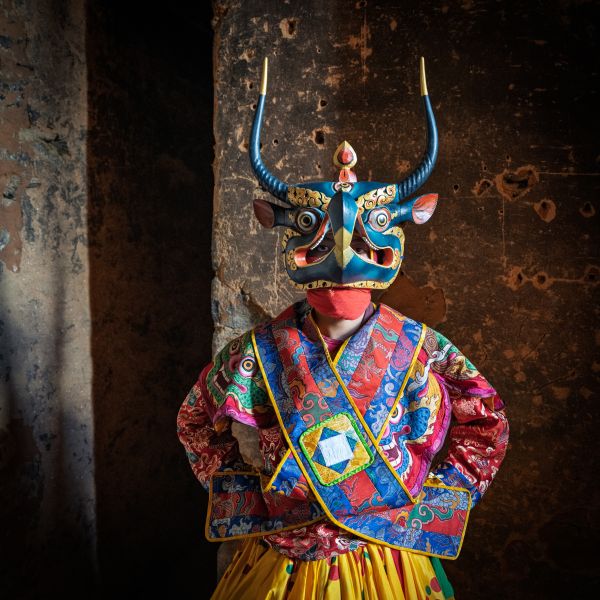
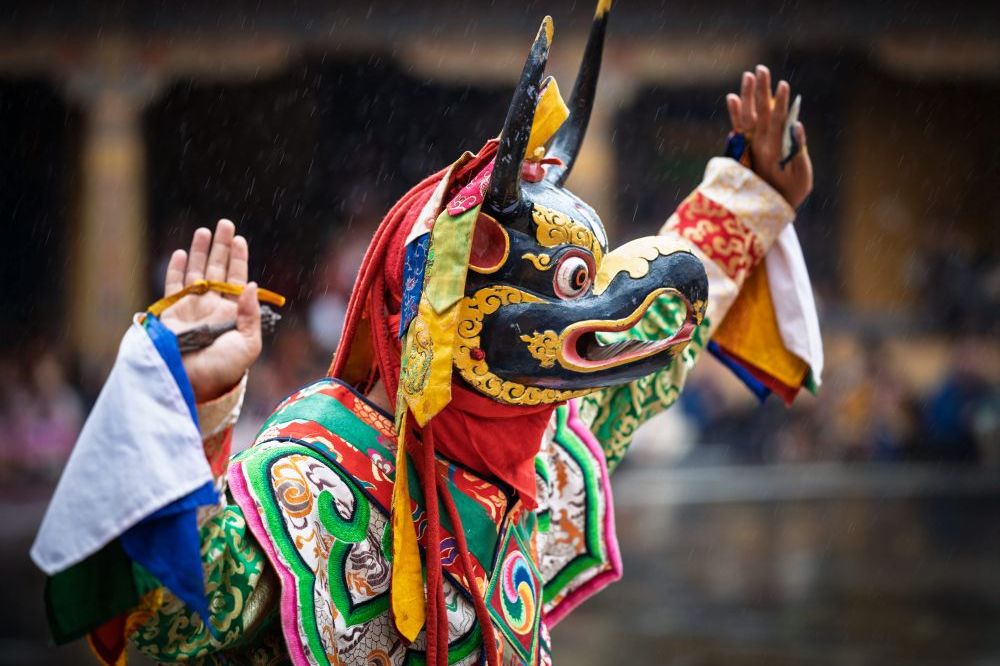
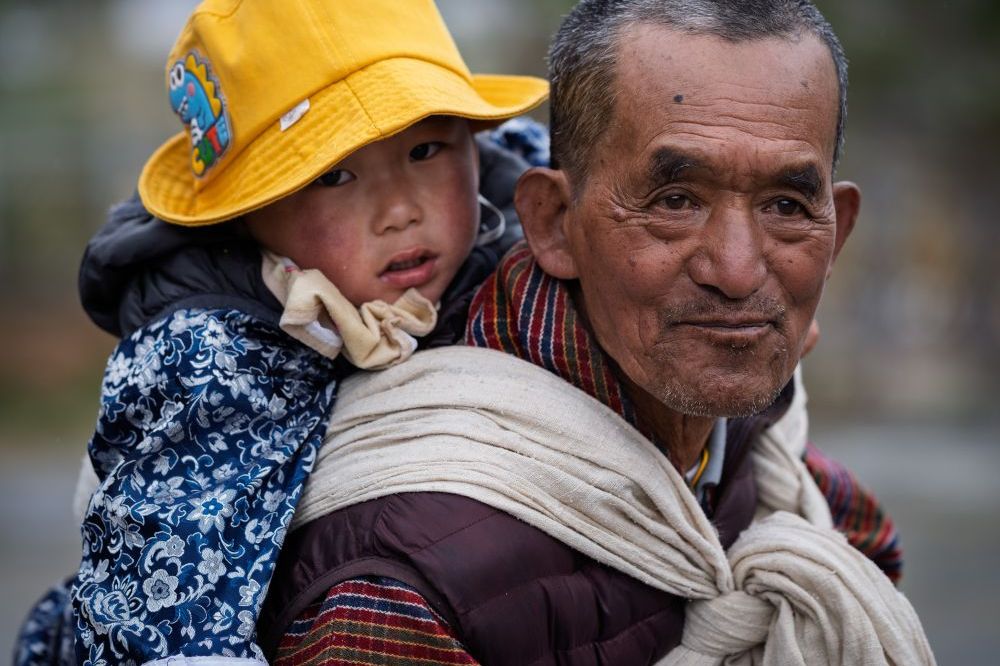
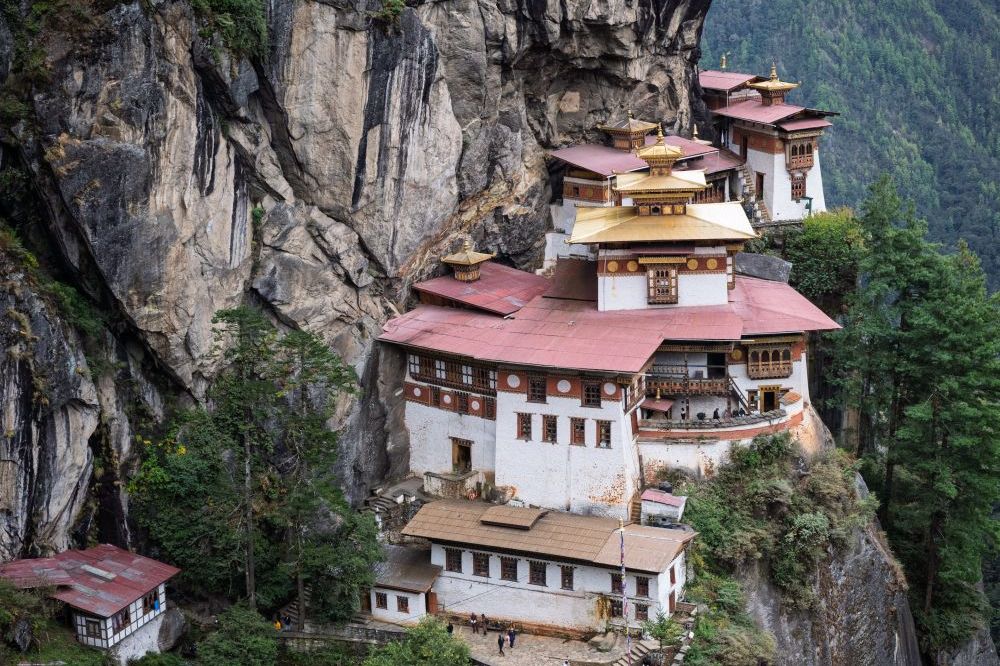
Leave A Comment
Please submit your comment below. No registration required.